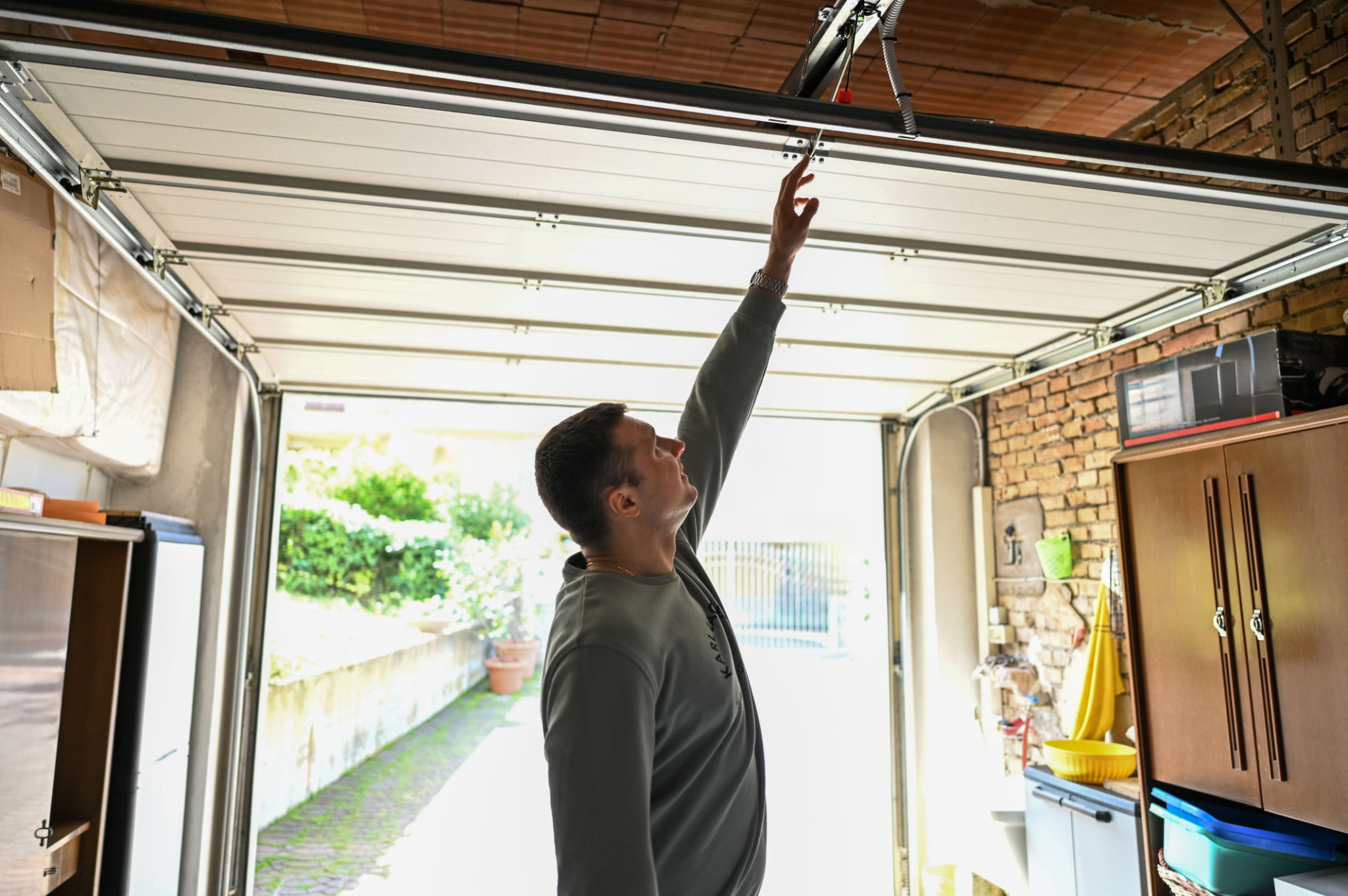How to Prepare Your Car for Seasonal Changes: Wheel Alignment Tips
Understanding Wheel Alignment
As the seasons change, so do the conditions of the roads we drive on. Ensuring your car is prepared for these changes can enhance safety and prolong the life of your vehicle. One key aspect of seasonal car maintenance is wheel alignment. Proper wheel alignment not only enhances driving comfort but also improves fuel efficiency and extends tire life.
When your wheels are aligned correctly, they are set to the manufacturer's specifications, giving you optimal control over your car. Misalignment can cause your car to pull to one side, leading to uneven tire wear and reduced handling capability. Therefore, regular alignment checks are crucial, especially during seasonal transitions when road conditions can vary significantly.

Signs Your Car Needs Wheel Alignment
Identifying whether your car needs wheel alignment is essential before the seasonal shift. Here are some common indicators:
- Your vehicle pulls to one side even when driving on a straight road.
- The steering wheel is off-center when driving straight.
- Uneven or rapid tire wear.
- Vibrations in the steering wheel.
If you notice any of these signs, it's time to get your wheel alignment checked by a professional mechanic. Addressing these issues early can save you from more significant problems down the line.
Benefits of Proper Wheel Alignment
Proper wheel alignment offers numerous benefits that can improve your driving experience and maintain your car's health. Firstly, correctly aligned wheels ensure that your tires wear evenly, which can extend their lifespan and save you money in the long run. Secondly, it enhances fuel efficiency by reducing the rolling resistance of the tires.
Moreover, proper alignment improves vehicle handling and stability, which is especially important in adverse weather conditions like rain or snow. This will give you peace of mind knowing that your car is performing at its best regardless of seasonal changes.

When to Get Your Wheel Alignment Checked
It's advisable to have your wheel alignment checked regularly, with a routine check recommended every 6,000 miles or as specified in your vehicle's manual. However, certain situations may require more frequent checks:
- After hitting a curb or pothole.
- If you frequently drive on rough or unpaved roads.
- Following the installation of new tires.
- Before embarking on a long road trip.
Being proactive about wheel alignment can prevent minor issues from escalating into major repairs.
DIY Wheel Alignment Checks
While it's always best to consult with professionals for precise alignment services, there are simple checks you can perform at home:
- Tire Inspection: Regularly inspect your tires for uneven wear patterns or damage.
- Steering Wheel Test: On a straight, flat road, release the steering wheel slightly to see if the car drifts.
- Visual Check: Look at your tires from the front of the car; they should appear parallel.

If you notice anything unusual during these checks, schedule an appointment with a professional mechanic for a comprehensive assessment. By staying vigilant about wheel alignment, you'll ensure your car remains road-ready throughout the year, regardless of the season.